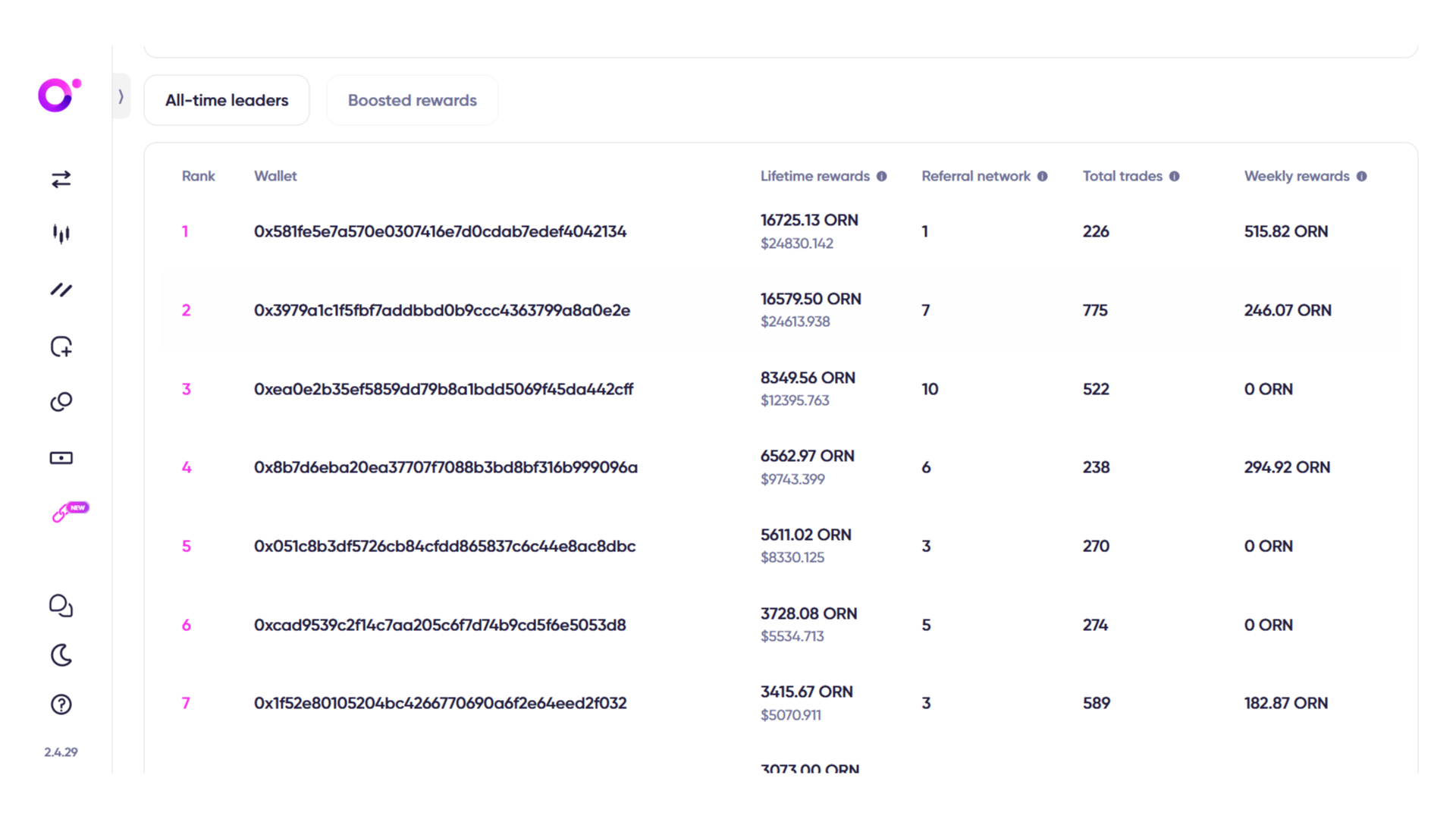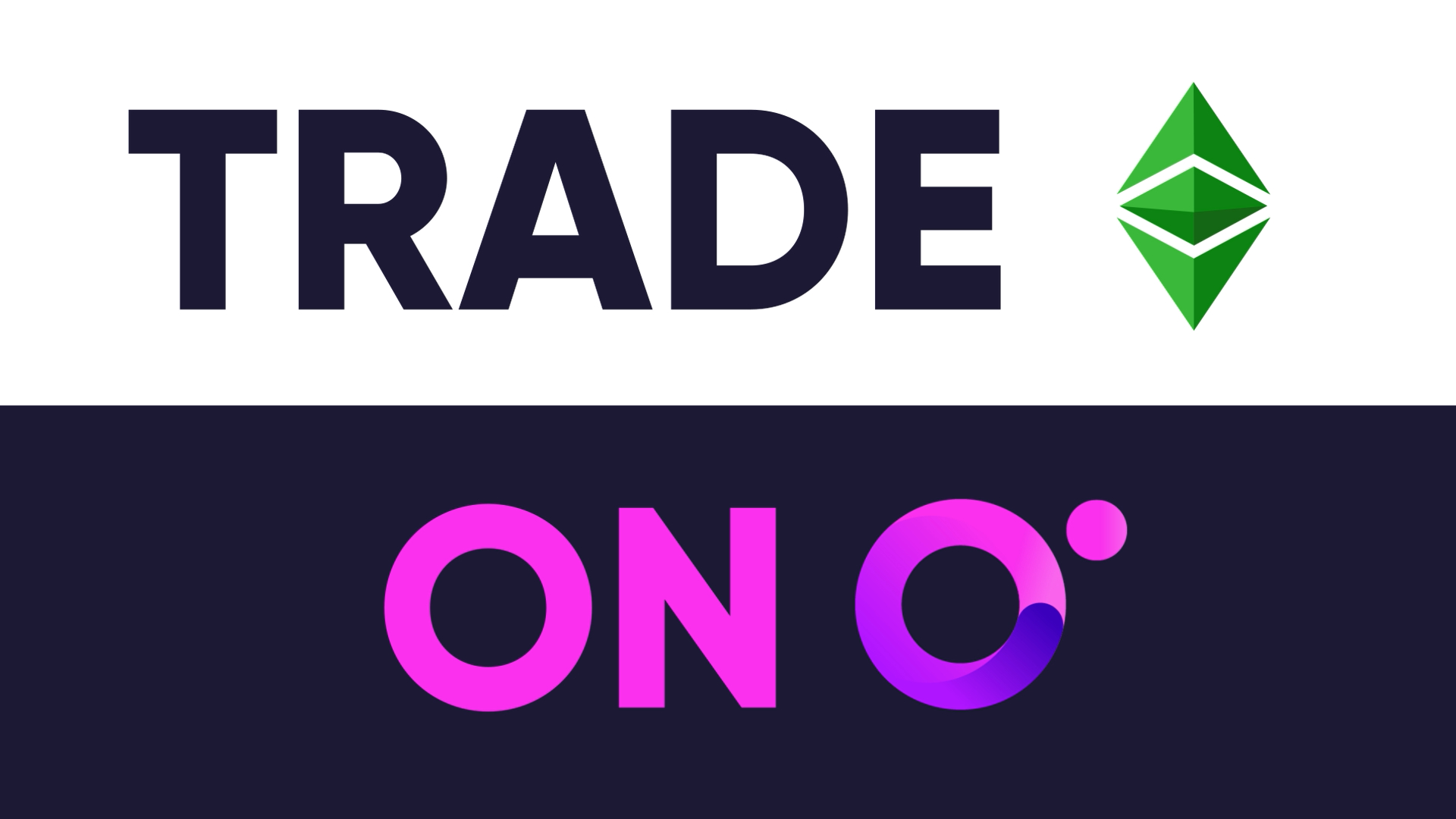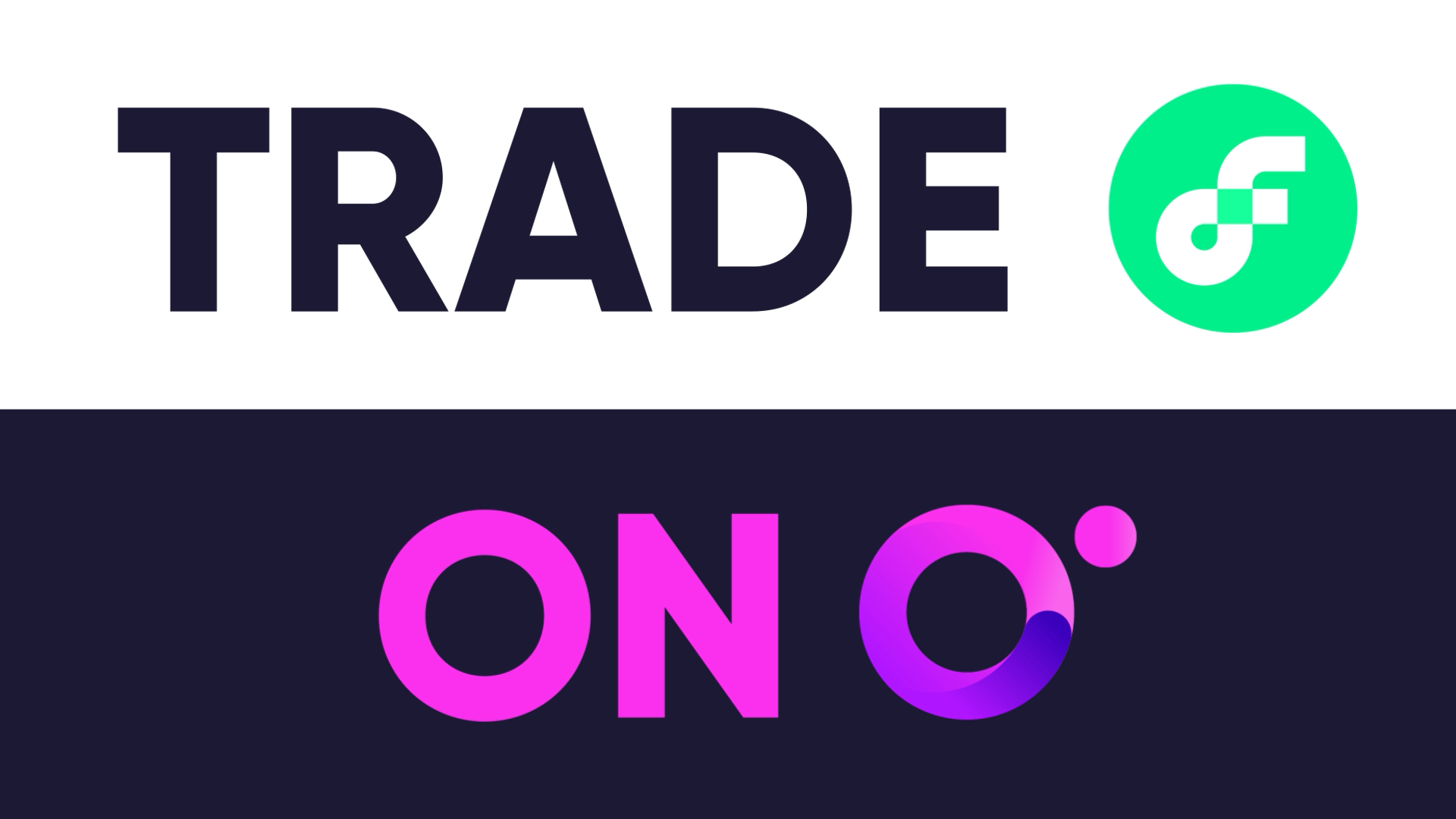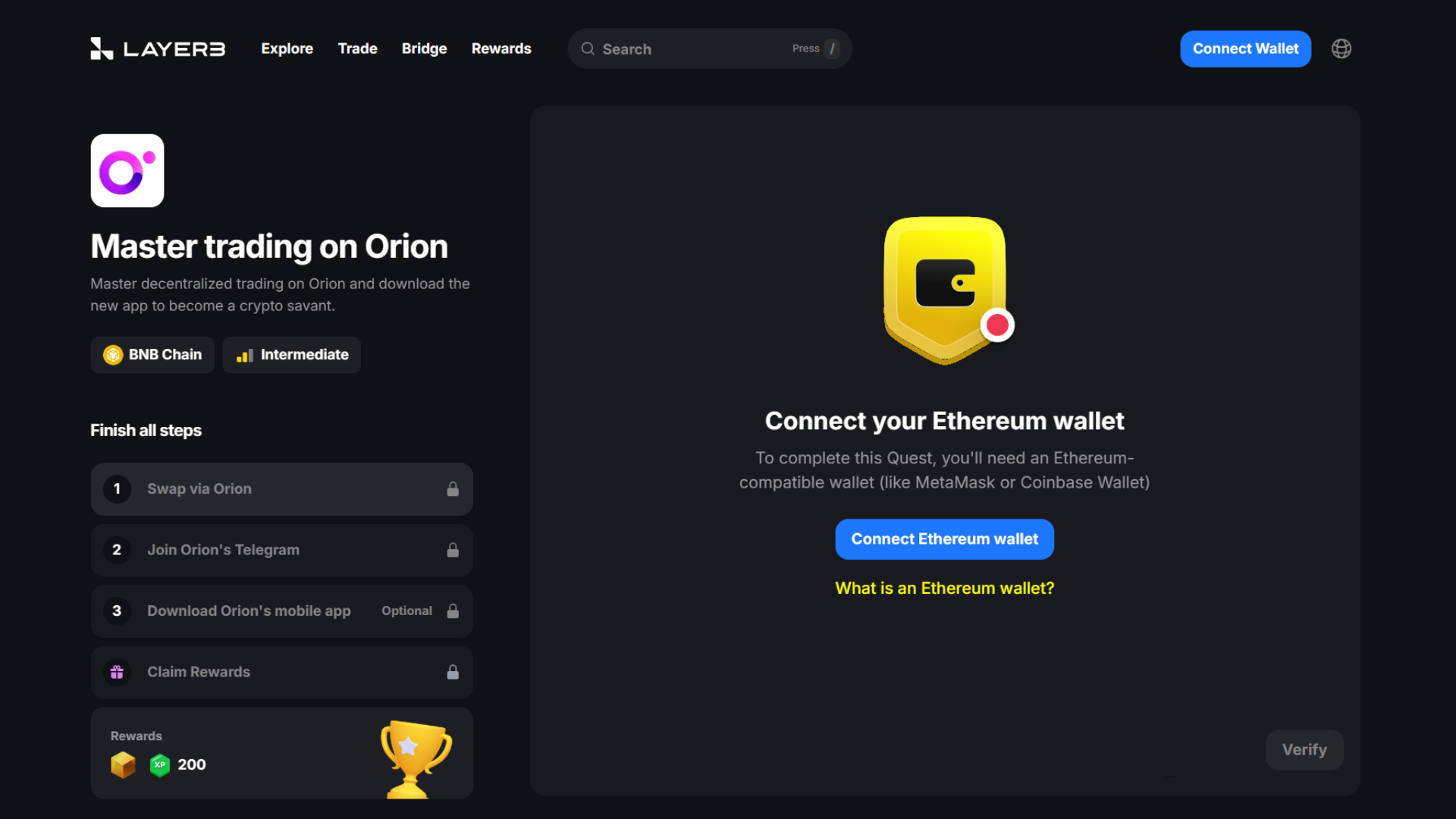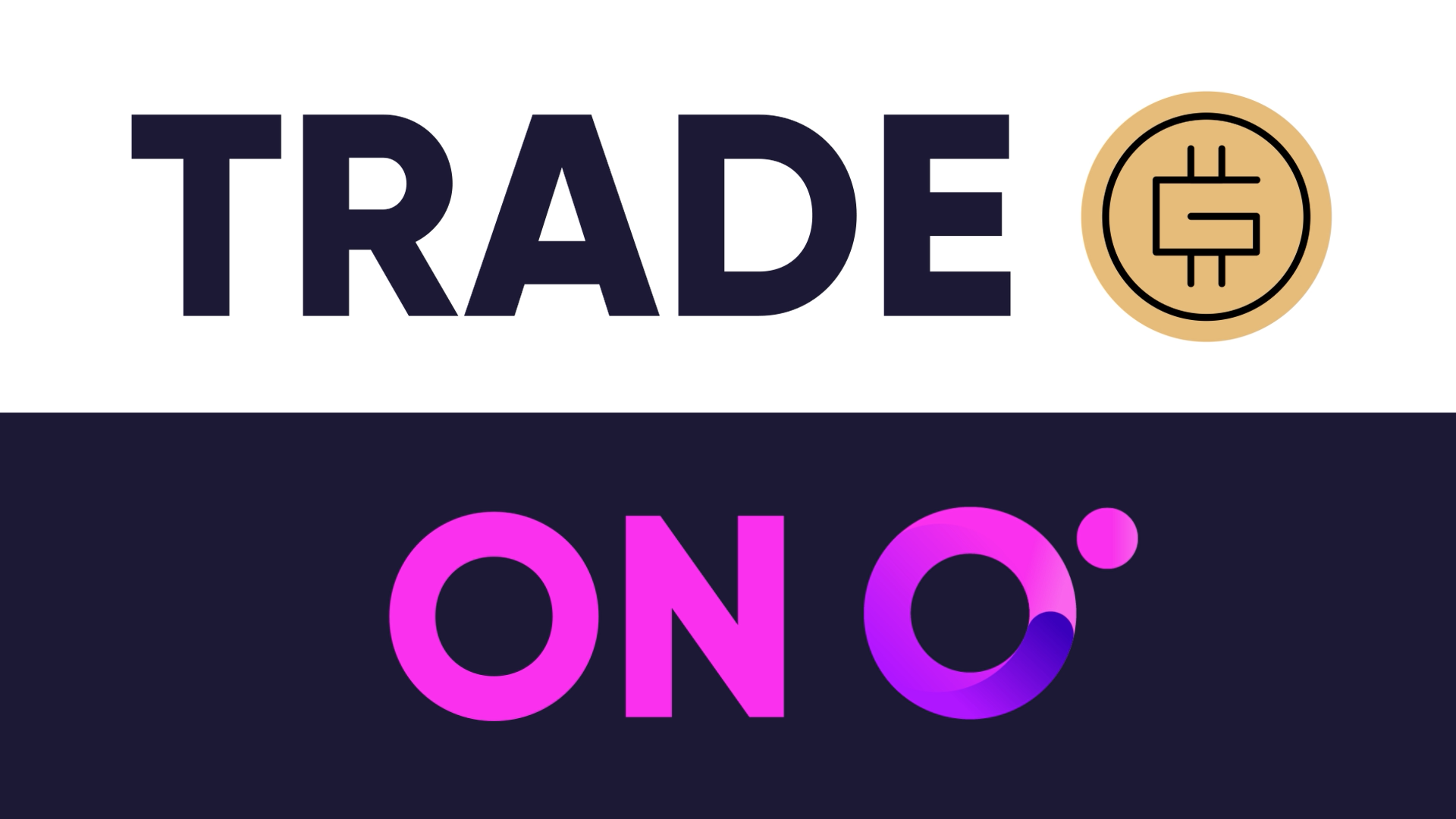Blog
3 minutes
Changes to Boosted Rewards: Refer & Earn 
The success of our time-limited Boosted Rewards has significantly driven […]
4 minutes
Ethereum Classic (ETC) deCEX Trading: Orion 
Trade Ethereum Classic ETC at unbeatable real-time prices through leading […]
4 minutes
Conflux (CFX) deCEX Trading – Only on Orion 
Trade Conflux CFX at unbeatable real-time rates on top exchanges […]
4 minutes
Flow (FLOW) deCEX Trading – Only on Orion 
Trade the best real-time trading rates for FLOW via leading […]
2 minutes
Unlock Massive XP Rewards: Layer3 Quests are Back 
Earn Rewards with Layer3 Orion has once again teamed up […]
4 minutes
STEPN deCEX Trading – Only on Orion 
Trade GMT at unbeatable real-time deCEX rates through top exchanges […]
2 minutes
Introducing Orion iOS App: Crypto & DeFi Simplified
We are delighted to announce the launch of the highly […]
3 minutes
Unlimited Wealth: Refer & Earn is Open + Incredible 
Are you ready to start rewarding your uncapped potential with […]
2 minutes
Lumia CBA: Meet The Brain Behind The Blockchain
Deniz Dalkilic joins Lumia as Chief Blockchain Architect to help […]
3 minutes
Lumia (ORN): The First Hyper-Liquid Layer 2
Lumia is now a layer 2 blockchain with its natively […]
1 minute
Lumia (ORN) Bolsters Linea With CEX Liquidity
Lumia (ORN) partners with Linea to introduce first-ever centralized exchange […]
1 minute
Lumia (ORN) Expands Into RWAs With MANTRA Partnership
Lumia partners with MANTRA and commits to an expansion into […]
